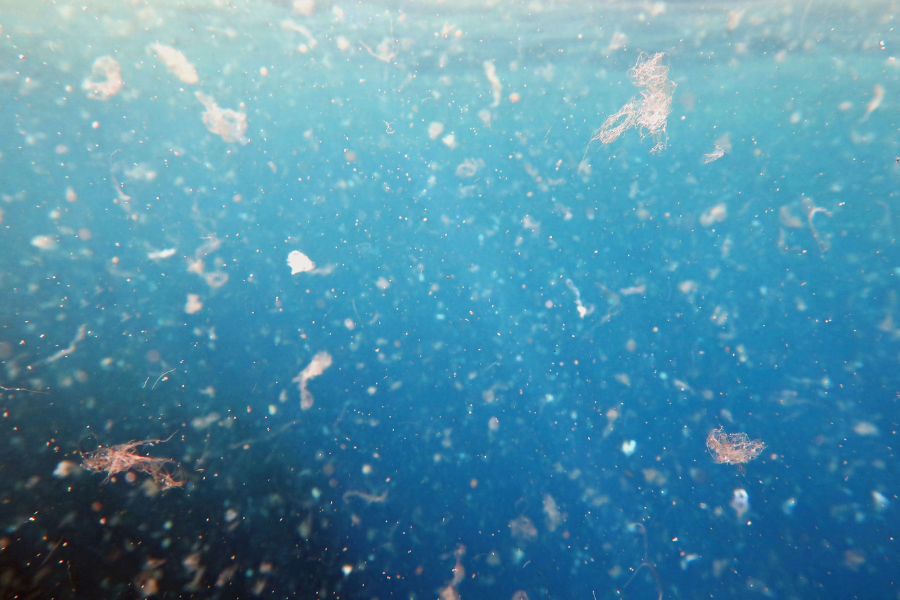Microplastics found in clams from the the Guadiana and Guadalquivir estuaries in southwestern Spain

A joint study conducted by the University of Seville, the Doñana Biological Station, and Roma Tre University has detected the presence of microplastics in Scrobicularia plana—commonly known as the mud clam—in the estuaries of the Guadiana and Guadalquivir rivers in southwestern Spain. Most of the microplastics found in both estuaries were dark fibers, likely originating from laundry processes and insufficient wastewater treatment.
These types of microplastics are particularly prevalent in aquatic environments, as their shape and composition make them more buoyant than other particles. However, the analysis did reveal differences in the polymer composition of the microplastics between the two estuaries. Both sites contained common contaminants such as PET, cellulose, cellophane, PVC, polyamides, and acrylics, pointing to widespread pollution by these materials. Notably, the Guadiana estuary showed higher levels of polyethylene terephthalate (PET) and pigmented cellulose.
Another significant finding was that smaller individuals contained, on average, more microplastic particles than larger ones. This suggests that as the clams grow, they may develop more effective mechanisms for expelling or avoiding the accumulation of these particles.
Scrobicularia plana is a bivalve mollusk that lives buried in the soft sediments of estuaries and marshes. It is characterized by a fragile, oval-shaped grayish shell and long siphons used to filter particles from water and sediment for feeding.
The study shows that Scrobicularia plana, already known as a reliable bioindicator for heavy metal contamination, could also play a key role in monitoring microplastic pollution in these environments. Unlike other species used for this purpose, its feeding behavior and habitat allow it to reflect environmental conditions in both the water column and the sediment, making it an especially useful tool for assessing contamination across different spatial and temporal scales.
Similar contamination levels in different environments
Estuaries are transitional zones between rivers and oceans where various pollutants, including microplastics, tend to accumulate. The results revealed that despite differing levels of human pressure between the Guadiana and Guadalquivir estuaries, microplastic concentrations in the bivalves were similar.
This finding suggests that natural factors—such as water movement and seasonal variations—may play a significant role in the transport and accumulation of these pollutants, beyond just local sources. Moreover, no clear pattern was observed in microplastic contamination along the length of the estuaries, indicating that proximity to specific pollution sources alone does not fully explain their distribution. Natural processes like dispersion and sedimentation must also be considered.
It is essential to monitor long-term microplastic accumulation in Scrobicularia plana and other bivalve species—not only because of their value as bioindicators but also due to their potential role as vectors of contaminants to higher trophic levels, including humans. S. plana is a key species in estuarine ecosystems and is also commonly harvested for consumption. For this reason, further research is needed to understand how microplastics and their associated contaminants may transfer through the food chain. Beyond their direct effects on individual organisms, these materials could disrupt trophic networks and promote biomagnification processes, with potential consequences for both environmental and human health.
Reference
G. Cesarini, I. Donázar-Aramendía, L. Gallitelli, S. Secco, M. Orsini, S. De Santis, M. Scalici, A.J. Green, C. Coccia, Microplastic contamination in bivalves from urban estuaries: Are they sentinels for differences in pollution levels?, Marine Pollution Bulletin, Volume 218, 2025, 118227, ISSN 0025-326X,
DOI: 10.1016/j.marpolbul.2025.118227.